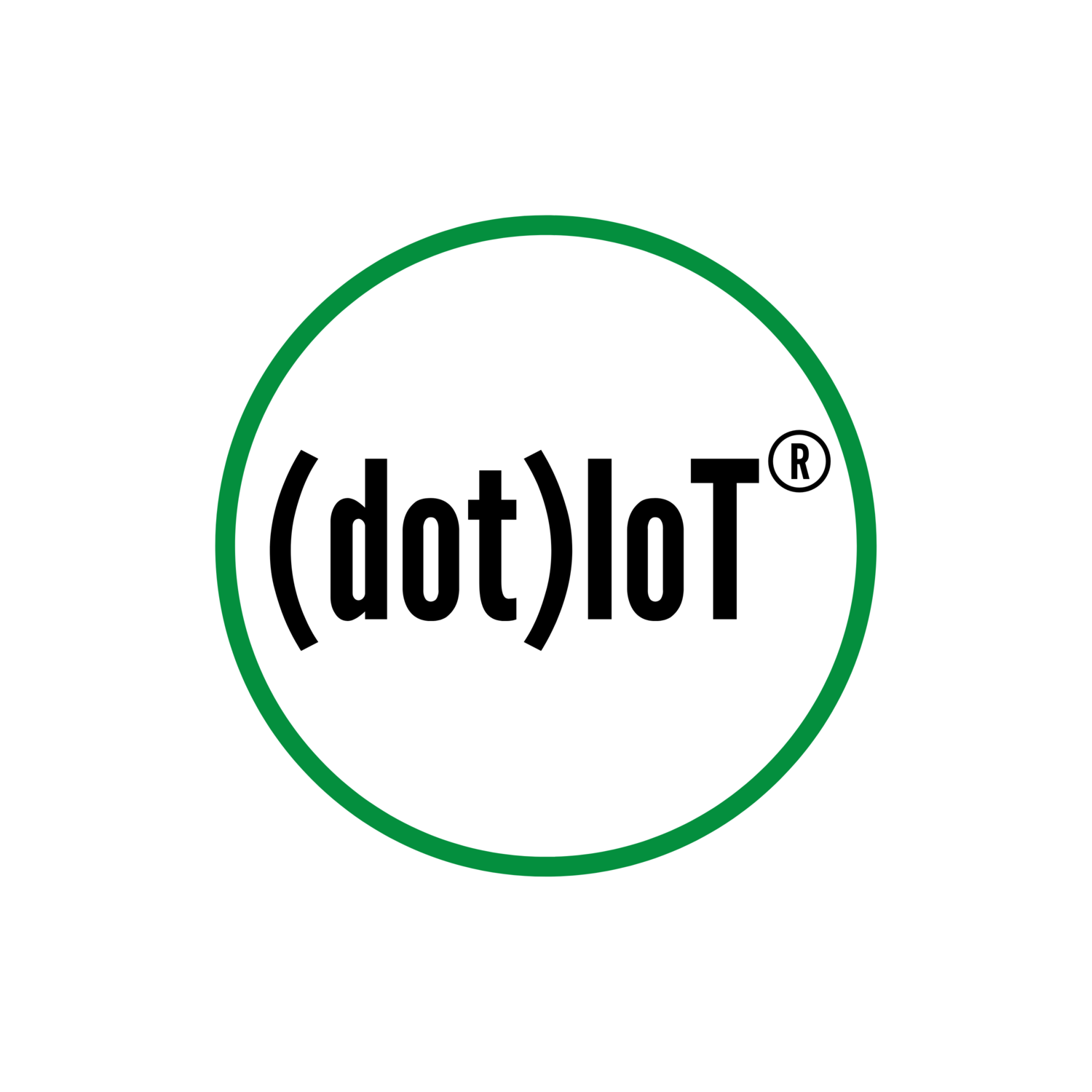Smart Homes Become “Dumb Homes” Without Connectivity
Just a couple weeks ago, while visiting with a major appliance maker (washers, dryers, ovens, etc.) and learning about smart home strategies, an interesting thing occurred: Comcast suffered a major outage.
My own recent experience with wifi outages is illustrated on my Nest thermostat:
Another trend worth noting is the trend toward cord cutting. A possible reason is the ongoing complexity of keeping a WiFi connection up and running—whether it’s service interruption, router or WiFi extender problems, or the overall difficulty for non-technical people to keep, maintain, and secure their home wifi, the net effect is consumers may be moving away from WiFi—which creates an issue for connected home offerings that are wifi dependent. Parks Associates research from the recently released 360 View: CE Adoption & Trends finds 22% of US broadband households have a Wi-Fi network extender and 11% have a Wi-Fi mesh networking product. The firm notes that just over 30% of computing and entertainment device owners report experiencing loss of wireless connectivity, with home network routers identified as the most common source of the problems.
My unsolicited recommendation for white-goods appliance makers is to embrace NBIoT and cozy up to a telco partner. In my discussions last week, I learned that there are fantastic connected home use cases when the nodes (washers, dryers, ovens, microwave, refrigerators) are connected. The consumer benefits as they can easily download recipes into workflow and pre-program their meals into their ovens, check food status, and other fun things. They can leverage voice-enabled appliances to gain that “extra hand” during meal prep. I know that these devices have a multi-year gestational cycle, not unlike vehicles, but I would start embracing the always-on IoT standards (NBIoT, etc) and perhaps invest in a transitional strategy of WiFi AND NBIoT. I also believe that using predictive/prescriptive analytics platforms to monitor fleets of appliances will give manufacturers greater insights. It is even possible to imaging a business model of “kitchen as a service” or “smart home as a service” wherein a monthly fee is collected in order to keep groups of appliances always running in top shape and up-to-date. Appliances have a 7-10 year lifecycle based on what I learned last week. This might be an interesting approach and create a better customer experience. With 5G rolling out, it’s entirely possible that consumers will choose to have only one data/infotainment/connectivity path into the home. This presents a great risk to appliance makers if they make the wrong radio choices.

